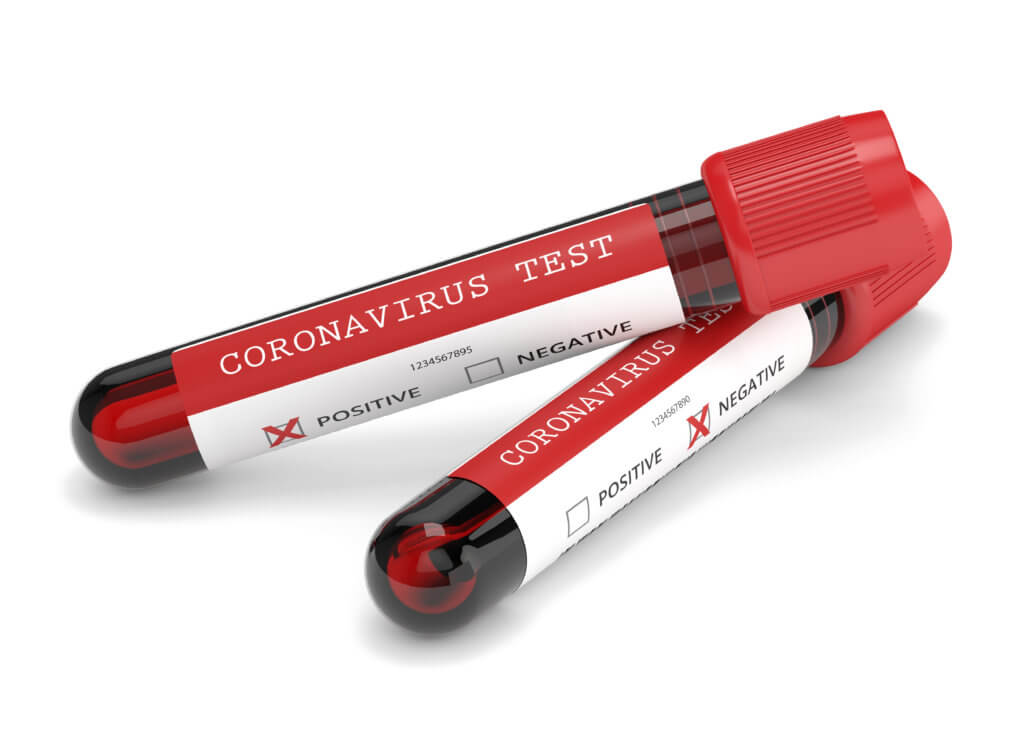No surprises here: ultraprocessed foods were not found to be as healthy as whole foods.
Association Between Ultraprocessed Food Consumption and Risk of Mortality Among Middle-aged Adults in France.:
Association Between Ultraprocessed Food Consumption and Risk of Mortality Among Middle-aged Adults in France.
JAMA Intern Med. 2019 04 01;179(4):490-498
Authors: Schnabel L, Kesse-Guyot E, Allès B, Touvier M, Srour B, Hercberg S, Buscail C, Julia C
Abstract
Importance: Growing evidence indicates that higher intake of ultraprocessed foods is associated with higher incidence of noncommunicable diseases. However, to date, the association between ultraprocessed foods consumption and mortality risk has never been investigated.
Objective: To assess the association between ultraprocessed foods consumption and all-cause mortality risk.
Design, Setting, and Participants: This observational prospective cohort study selected adults, 45 years or older, from the French NutriNet-Santé Study, an ongoing cohort study that launched on May 11, 2009, and performed a follow-up through December 15, 2017 (a median of 7.1 years). Participants were selected if they completed at least 1 set of 3 web-based 24-hour dietary records during their first 2 years of follow-up. Self-reported data were collected at baseline, including sociodemographic, lifestyle, physical activity, weight and height, and anthropometrics.
Exposures: The ultraprocessed foods group (from the NOVA food classification system), characterized as ready-to-eat or -heat formulations made mostly from ingredients usually combined with additives. Proportion (in weight) of ultraprocessed foods in the diet was computed for each participant.
Main Outcomes and Measures: The association between proportion of ultraprocessed foods and overall mortality was the main outcome. Mean dietary intakes from all of the 24-hour dietary records available during the first 2 years of follow-up were calculated and considered as the baseline usual food-and-drink intakes. Mortality was assessed using CépiDC, the French national registry of specific mortality causes. Hazard ratios (HRs) and 95% CIs were determined for all-cause mortality, using multivariable Cox proportional hazards regression models, with age as the underlying time metric.
Results: A total of 44 551 participants were included, of whom 32 549 (73.1%) were women, with a mean (SD) age at baseline of 56.7 (7.5) years. Ultraprocessed foods accounted for a mean (SD) proportion of 14.4% (7.6%) of the weight of total food consumed, corresponding to a mean (SD) proportion of 29.1% (10.9%) of total energy intake. Ultraprocessed foods consumption was associated with younger age (45-64 years, mean [SE] proportion of food in weight, 14.50% [0.04%]; P < .001), lower income (<€1200/mo, 15.58% [0.11%]; P < .001), lower educational level (no diploma or primary school, 15.50% [0.16%]; P < .001), living alone (15.02% [0.07%]; P < .001), higher body mass index (calculated as weight in kilograms divided by height in meters squared; ≥30, 15.98% [0.11%]; P < .001), and lower physical activity level (15.56% [0.08%]; P < .001). A total of 602 deaths (1.4%) occurred during follow-up. After adjustment for a range of confounding factors, an increase in the proportion of ultraprocessed foods consumed was associated with a higher risk of all-cause mortality (HR per 10% increment, 1.14; 95% CI, 1.04-1.27; P = .008).
Conclusions and Relevance: An increase in ultraprocessed foods consumption appears to be associated with an overall higher mortality risk among this adult population; further prospective studies are needed to confirm these findings and to disentangle the various mechanisms by which ultraprocessed foods may affect health.
PMID: 30742202 [PubMed - indexed for MEDLINE]




